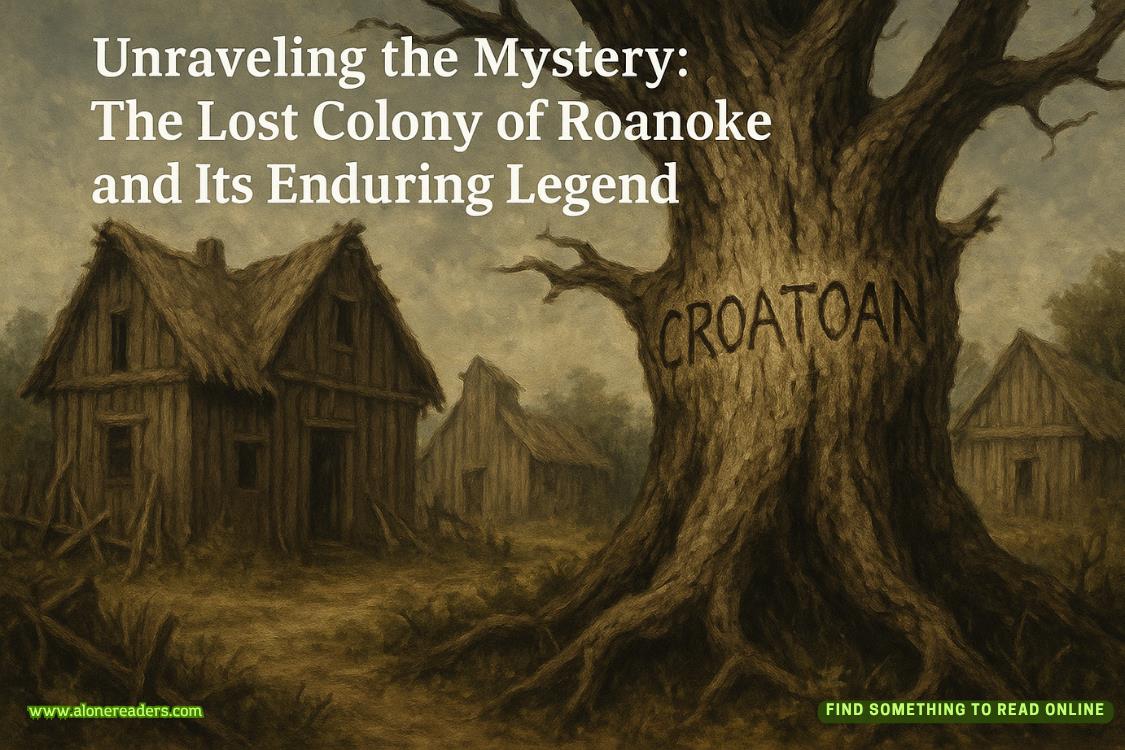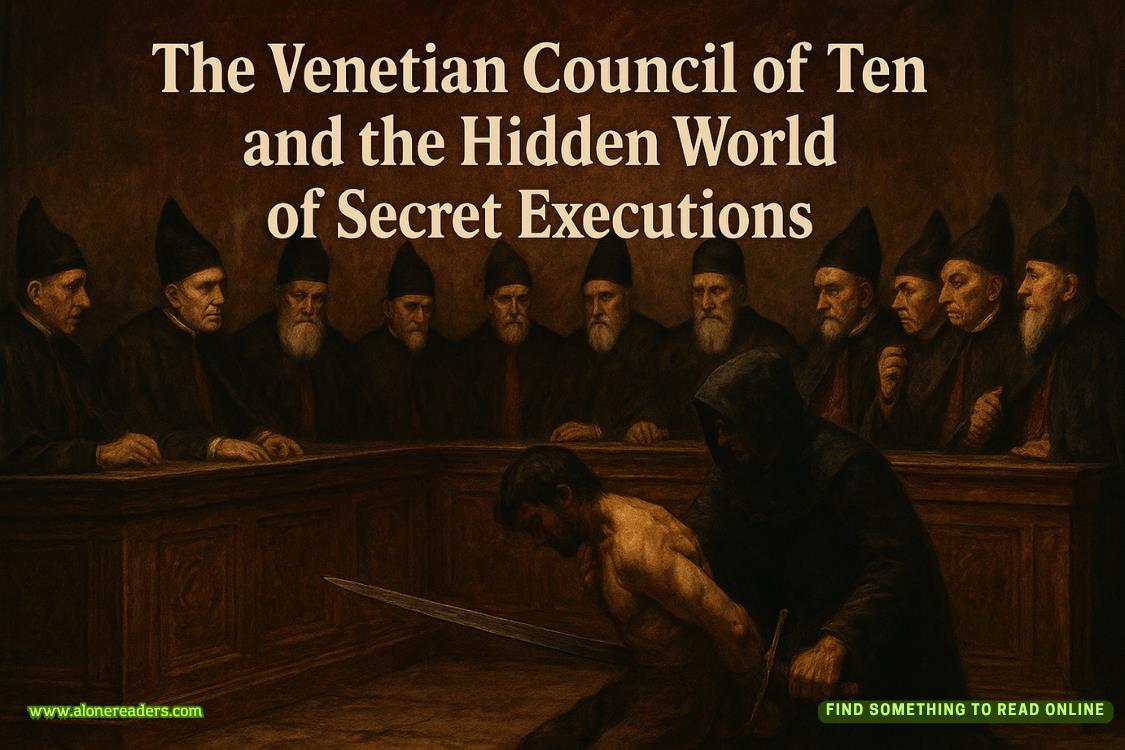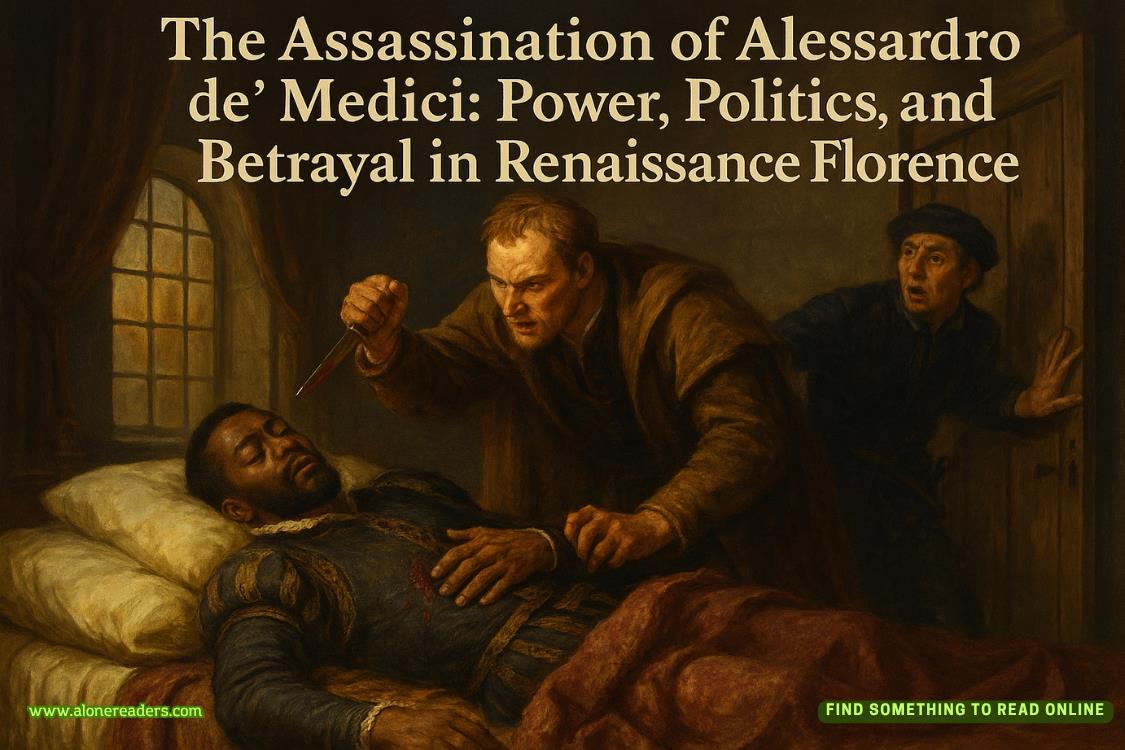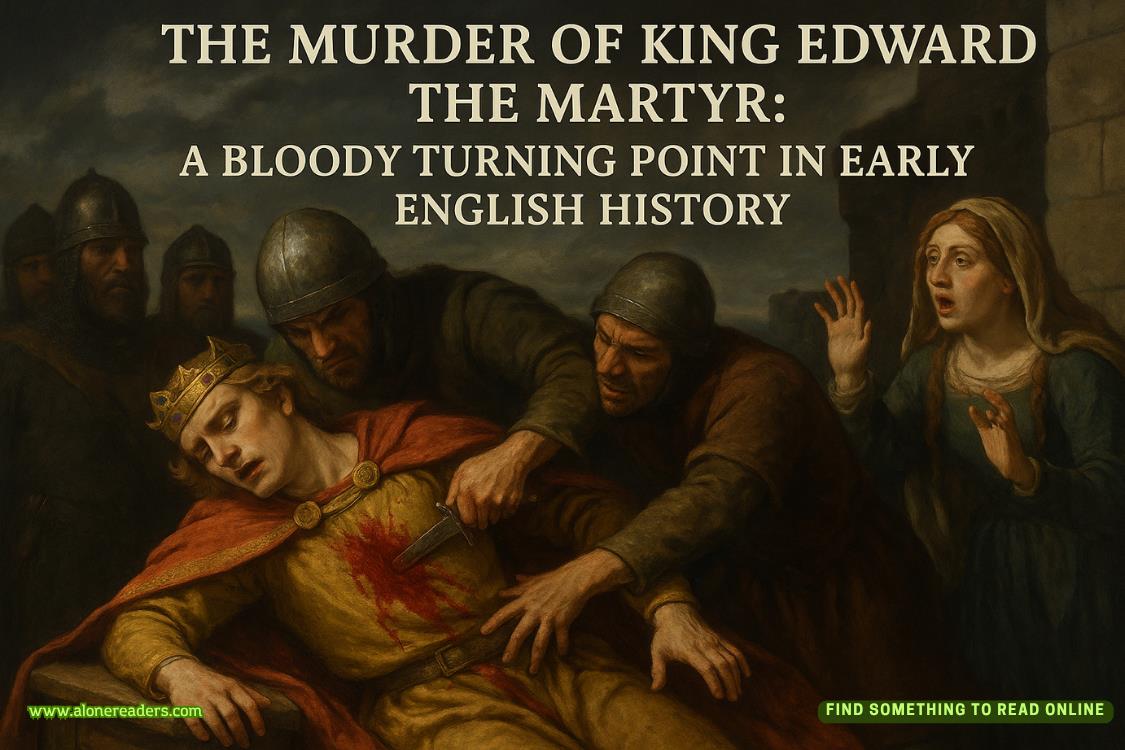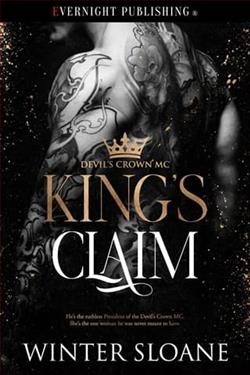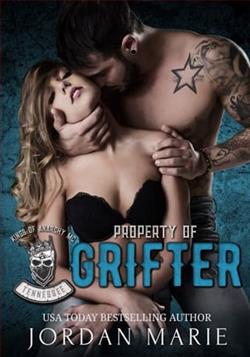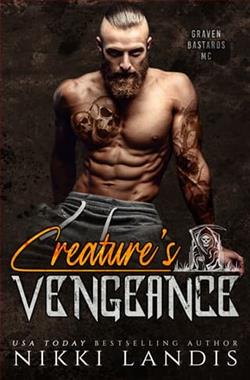Page 6 of Dead Fall
Drab, uncomfortable military vehicles were totally out of the question. They wanted climate-controlled, luxury SUVs with leather seats and onboard Wi-Fi. They were absolute prima donnas and it was going to be their downfall.
The only armored, nonmilitary luxury SUVs in the country belonged to the President and were at his residence in Minsk. There was no way he was going to give them up, and the Russians in charge of guarding the Iranians knew better than to ask. That meant that they would have to source locally available, thin-skinned vehicles.
The head of the protective detail, a grizzled FSB man who had been in some of the worst battles during the Soviet occupation of Afghanistan, had gone to work, putting together the best motorcade he could. Their marching orders had been crystal clear—protect the Iranians, but also doeverythingnecessary to make them happy. They were expected to be half bodyguards and half camp counselors.
The FSB man was embarrassed by how far Russia had fallen. That the Iranians would be so technologically superior that the Kremlin would have to kiss their asses in order to defeat a country like Ukraine wasn’t just a bitter pill to swallow, it was like drinking battery acid.
Everything he knew and understood about the superiority of the Russian people and their leadership was now in question. Nevertheless, he did his job to the best of his ability. He tracked down the vehicles.
The Russian National Guard troops were divided between two Chinese-made armored vehicles borrowed from the Belarusian military, Hummer knockoffs known as Dongfeng Mengshis. One had been designated as the lead vehicle and the other brought up the rear. In between were three Chevrolet Suburbans carrying Al-Masri, the Iranian drone instructors, and the FSB security agents.
The FSB man had mapped the most efficient routes. He had mapped alternatives. He had identified choke points and potential ambush areas—of which, unfortunately, there were many. Mykulichi was a remote village, which was why it had been chosen for the training. Because of its location, there were only so many ways in and out. It definitely hadn’t been optimal, but he had continued to make the best of a bad situation.
He had pinpointed hospitals and had made detailed dossiers on each Iranian, including their blood types. He had then presented the information to his men and had made them drive the routes over and over, throwing them into different, highly unusual problems to see how they would react; challenging them to adjust.
Train like you fight and fight like you train.It was one of the oldest, truest maxims of combat. While decades ago his military instructors had been fond of quoting Chief of Staff of the Prussian Army Helmuth von Moltke, who had said that no battle plan survives after first contact with the enemy, he had preferred how American boxer Mike Tyson had phrased it—everyone has a plan until they get punched in the mouth.
The FSB man wanted his men to be able to take that punch, recalibrate, and stay in the fight. So he drilled them, relentlessly, near the point of mutiny, and then he treated them to a raucous night out. They had earned it.
His plan wasn’t perfect, but given the circumstances and his limited resources, it was solid. He was confident that no matter what got thrown at them, his men would not only be able to handle it, but they would also react in a polished, professional manner. By the time the Iranians arrived, their Russian hosts were ready for them.
What they weren’t ready for, however, was Harvath, his men, and the hell they were about to rain down.
On the last day of training, as the sun was slipping low toward the horizon, the Iranians and their Russian protectors clambered into their vehicles for the final drive from the testing range in Mykulichi to the hotel back in Gomel.
The Iranians were looking forward to a final night out before returning to Tehran. The Russians were looking forward to getting rid of the Iranians and completing their assignment. Neither group was going to get what they wanted.
On a narrow piece of road snaking through the thick woods, they came around a tight bend.
Once all of the vehicles were aligned, one of Harvath’s teammates—an ex–Delta Force operative named Staelin—stepped out into the road. Balancing an RPG on his shoulder, he took aim and let it rip.
The weapon fired a high-explosive antitank “HEAT” munition, which was designed to penetrate the lead vehicle’s armor, release a superheated jet that flaked off pieces of the metal called “spall,” and send them racing through the interior in a tornado of shrapnel. It was the equivalent of having a big, very nasty fragmentation grenade dropped through an open sunroof. Those who weren’t instantly killed would be badly wounded.
The driver of the lead vehicle had barely applied pressure to his brakes when the round tore into his Dongfeng.
At the back of the column, another one of Harvath’s men, a former Force Recon Marine named Haney, stepped out with the same weapon and engaged the rear armored vehicle.
As soon as the Dongfengs were taken out and Staelin and Haney had retreated a safe distance in each direction, Harvath gave the command to two more teammates—Preisler, an ex-MARSOC Marine, and Johnson, an ex–Green Beret—to commence the next wave. This part of the attack was what had given Operation Boathouse its name.
Both sides of the road had been lined with M18A1 antipersonnel weapons known as claymores.
They were mines that, via a layer of C4 explosive, fired a shit ton ofsteel balls in a fan-shape pattern at almost four thousand feet per second. The force of the detonation deforms the balls into something similar to a .22 projectile.
The mines had been daisy-chained together, allowing Johnson to light up one side of the road and Preisler the other. The occupants of the unarmored, soft-skinned Suburbans never stood a chance.
Weapons up and at the ready, Harvath and his team went vehicle to vehicle, making sure there were no survivors.
When Harvath got to Al-Masri, he put several extra rounds in him. He wanted there to be no doubt who, specifically, they had come for.
Once that task was complete, the team took photos and collected evidence that would allow the CIA to confirm the identities of all the dead.
The final box that needed ticking was to add a little something special on behalf of the Ukrainians. Just as they had with the Operation Boathouse codename, they had decided to once again go Hollywood.
Since the beginning of the invasion, someone had taken a cue from the classic Cold War–era movieRed Dawnand had been spray-painting the wordWolverineson destroyed Russian vehicles across Ukraine.
Pulling out their own cans of spray paint, Harvath and his teammates did the same before packing up their gear and disappearing into the woods.
CHAPTER 2
